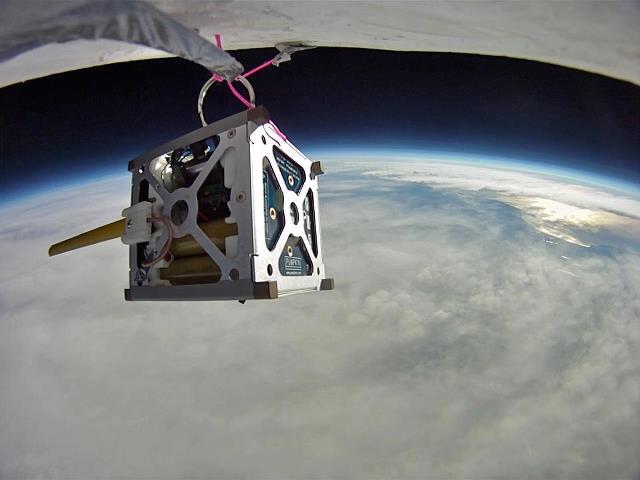NASA Smartphone Satellites Return Images Of The Earth

The trio of Android smartphones NASA blasted into orbit recently have ended their journey by burning up in the atmosphere, but not before snapping shots of Earth — and the pictures don’t look too bad.
The “PhoneSats” were a NASA experiment to develop super-cheap satellites and to determine whether a consumer-grade smartphone can be used as the main flight avionics of a capable satellite, NASA said.
The agency launched a rocket containing three of its PhoneSats, cubical satellites four inches on a side with that old classic the Nexus One tucked within.They have GPS, motion sensors, and a camera built-in. So, the project cost less than $10,000 using off-the-shelf technology. A custom-built system might have cost upwards of a million dollars. The module was equipped with extra lithium-ion batteries. Data, along with photos from the smartphone camera, are still being analyzed.
The photos above come straight from the phones’ five-megapixel cameras themselves. That part was successful, though the pictures aren’t exactly detailed. Between the transmission artifacting and the smartphone grade cameras it gets a little messy.
A major concern was whether smartphones could withstand space temperatures. “On Earth here, there’s not many situations where your phone will reach to 40, 50 degrees Celsius, and so I think we were pushing the limit, but we were really interested in seeing if this would really work,” said Watson Attai with the PhoneSat engineering team.
The mission successfully ended Saturday, April 27, after predicted atmospheric drag caused the PhoneSats to re-enter Earth’s atmosphere and burn up, NASA said.
[Network World, Engadget]























